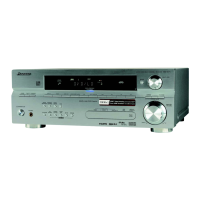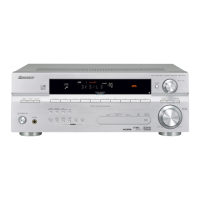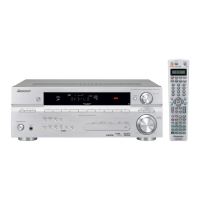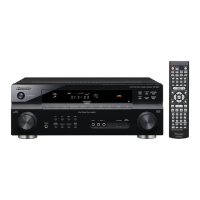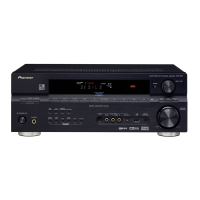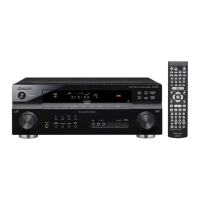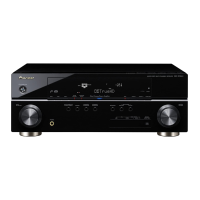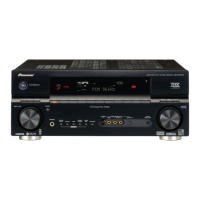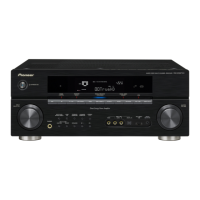Do you have a question about the Pioneer VSX-917V-S and is the answer not in the manual?
Lists all supplied accessories included with the receiver.
Instructions on how to insert batteries correctly into the remote.
Guidance on proper placement for stability and performance.
Importance of airflow for preventing overheating.
Explains the concept of home theater sound.
Quick steps for initial surround sound setup.
Automated system calibration for optimal acoustics.
General advice on connecting audio/video components.
Details on using RCA cables for audio.
Explains RCA, S-Video, and Component video connections.
Step-by-step guide for a common setup.
Identifies and explains the buttons and indicators on the unit's face.
Describes the information shown on the receiver's character display.
Detailed explanation of all remote control functions.
Receiver automatically selects best audio mode.
How to experience immersive audio.
Customizing sound modes for different content.
Connecting USB devices for audio playback.
List of supported MP3, WMA, AAC file formats.
Overview of menu options for system configuration.
Options for surround back speaker configuration.
Fine-tuning the automated speaker calibration.
Tuning and searching for radio stations.
Storing and recalling radio frequencies.
Explaining Radio Data System features.
Steps to record from tuner or external sources.
Linking and controlling multiple Pioneer devices.
Programming the universal remote.
Manual selection of remote control codes.
High-definition multimedia interface setup.
Using rear terminals for multi-room audio.
Advanced speaker connection for improved sound.
Integration with Pioneer plasma displays.
Assigning digital/component/HDMI inputs.
Customizing various operational parameters.
Solutions for common problems and malfunctions.
Procedure to restore factory default settings.
Adjusting settings for 6 Ohm speakers.
Technical details and performance metrics.
| Impedance | 8 Ω |
|---|---|
| Frequency range | 5 - 100000 Hz |
| RMS rated power | 90 W |
| Audio output channels | 7.1 channels |
| Signal-to-Noise Ratio (SNR) | 88 dB |
| Output power | 110 W |
| Dimensions (WxDxH) | 420 x 352.5 x 158 mm |
| Power requirements | AC 220 - 230V, 50/60Hz |
| Radio Data System (RDS) | Yes |
| Connectivity technology | Wired |
| Digital audio optical out | 1 |
| Product color | Silver |
| Power consumption (standby) | 0.5 W |
| Power consumption (typical) | 395 W |
| Weight | 8800 g |
|---|
